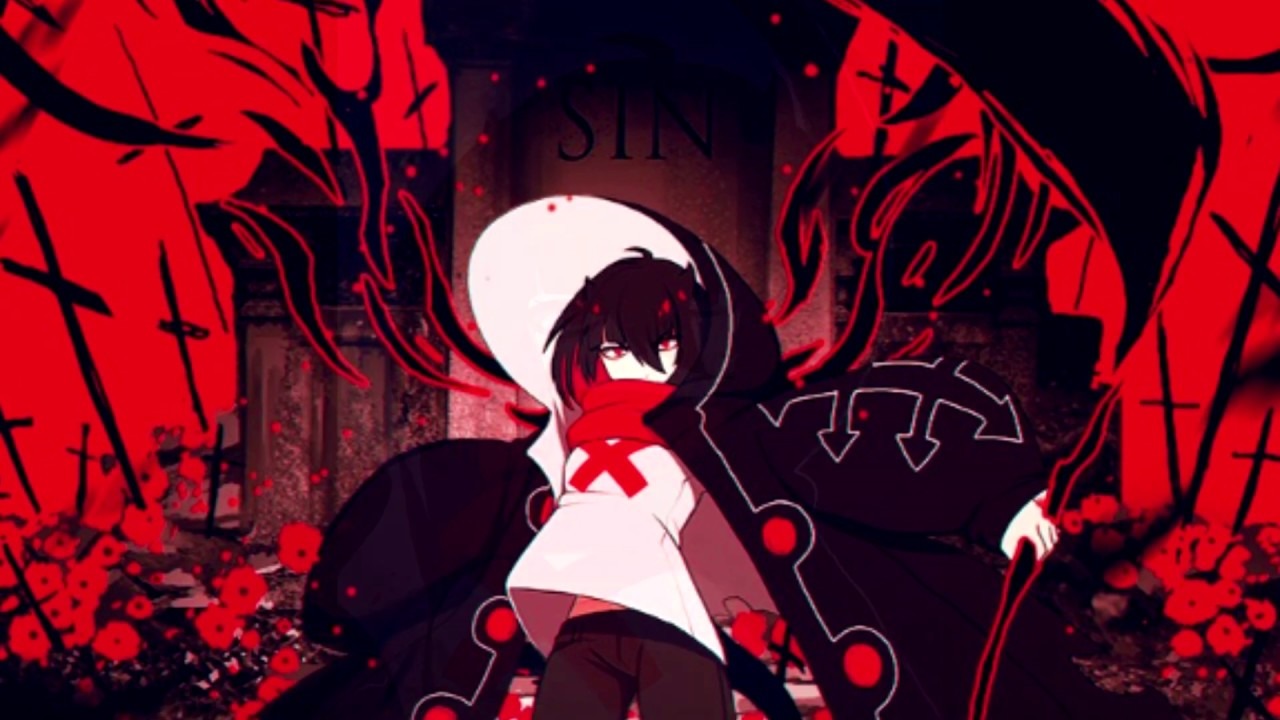TV
Netflix Announces “The Dark Crystal: Age of Resistance” Voice Cast and Shows Off First Images!

One of the most exciting projects coming our way next year is Netflix and the Jim Henson Company’s “The Dark Crystal: Age of Resistance,“ a television series set to be a prequel to the 1982 film, The Dark Crystal. The 10-episode fantasy adventure series takes place many years before the events of the film, and it will star an ensemble of fantastical, state-of-the-art creatures created by Jim Henson’s Creature Shop™ and Brian Froud, the original feature’s conceptual designer. And yes, we’re talking classic/old school puppets, with no CGI involved!
A stellar voice cast has been announced today, being led by Taron Egerton (Kingsman), Anya Taylor-Joy (The Witch), and Nathalie Emmanuel (Game of Thrones), as Rian, Brea and Deet, three Gelfling heroes. You can check out first look images at those characters below!
Other Gelfling characters are voiced by:
- Caitriona Balfe (Outlander)
- Helena Bonham-Carter (The King’s Speech)
- Harris Dickinson (forthcoming Maleficent 2)
- Natalie Dormer (Game of Thrones)
- Eddie Izzard (Ocean’s Thirteen)
- Theo James (The Divergent Series)
- Toby Jones (Tinker Tailor Soldier Spy)
- Shazad Latif (Star Trek: Discovery)
- Gugu Mbatha-Raw (The Cloverfield Paradox)
- Mark Strong (Kingsman)
- Alicia Vikander (Tomb Raider)
The Skeksis & Mystics are voiced by:
- Harvey Fierstein (Torch Song)
- Mark Hamill (Knightfall, Star Wars)
- Ralph Ineson (Game of Thrones)
- Jason Isaacs (The OA)
- Keegan-Michael Key (Key and Peele)
- Ólafur Darri Ólafsson (True Detective)
- Simon Pegg (Mission Impossible)
- Andy Samberg (Brooklyn Nine Nine)
Aughra will be voiced by Donna Kimball (The Happytime Murders). Additional characters will also be voiced by puppeteers from the production, including Alice Dinnean, Louise Gold, Neil Sterenberg and Victor Yerrid. Further casting will follow in due course.
Based on The Dark Crystal, Jim Henson’s groundbreaking 1982 feature film, “The Dark Crystal: Age of Resistance” tells a new epic story, set many years before the events of the movie, and realized using classic puppetry with cutting edge visual effects. The world of Thra is dying. The Crystal of Truth is at the heart of Thra, a source of untold power. But it is damaged, corrupted by the evil Skeksis, and a sickness spreads across the land. When three Gelfling uncover the horrific truth behind the power of the Skeksis, an adventure unfolds as the fires of rebellion are lit and an epic battle for the planet begins.
Louis Leterrier (Now You See Me, The Incredible Hulk) will executive produce the series and direct. “The Dark Crystal: Age of Resistance” will be a Netflix original series produced by The Jim Henson Company and executive produced by Letterier, Lisa Henson and Halle Stanford. Longtime Henson collaborator Rita Peruggi will serve as producer and Henson’s Blanca Lista will serve as a co-executive producer. Leading the writing are co-executive producers Jeffrey Addiss and Will Matthews, and Javier Grillo-Marxuach.

TV
“I’m the Grim Reaper” – Sam Raimi Teams with ’10 Cloverfield Lane’ Writers on Gory, Funny Webtoon Adaptation

The Wattpad/Webtoons and Grave Weaver-created series “I’m the Grim Reaper” is nearing its 200th episode, and it’s also getting a new TV series adaptation with talented names behind it. Deadline reports that celebrated filmmaker Sam Raimi is teaming up with 10 Cloverfield Lane scribes Josh Campbell & Matt Stuecken on the new series.
The series follows “Scarlet, a young woman who wakes up in the ninth circle of hell with no idea how she got there. Satan offers to send Scarlet back to Earth if she’ll work as his reaper. But it doesn’t take long for Scarlet to realize that Satan’s offer is even worse than she feared.”
The story is said to fit perfectly into “Raimi’s wheelhouse, striking a deft balance between scares, gore and humor.”
Sam Raimi and Zainab Azizi will executive produce the series with Weaver, who’ll also team on the development process. Raimi may be most known for his Spider-Man and Evil Dead movies, but the filmmaker has been busy behind the scenes producing. More recently, Raimi produced this week’s action brawler Boy Kills World and last year’s 65, with Don’t Move on the way.
The “I’m the Grim Reaper” webtoon launched in 2019, delving into the humor and horrors of reaping souls in Hell. That it’s on the cusp of airing its 200th episode means no shortage of story and mythology for Campbell and Stuecken to pull from.
Stay tuned for additional details on this new series as they arrive.
















You must be logged in to post a comment.